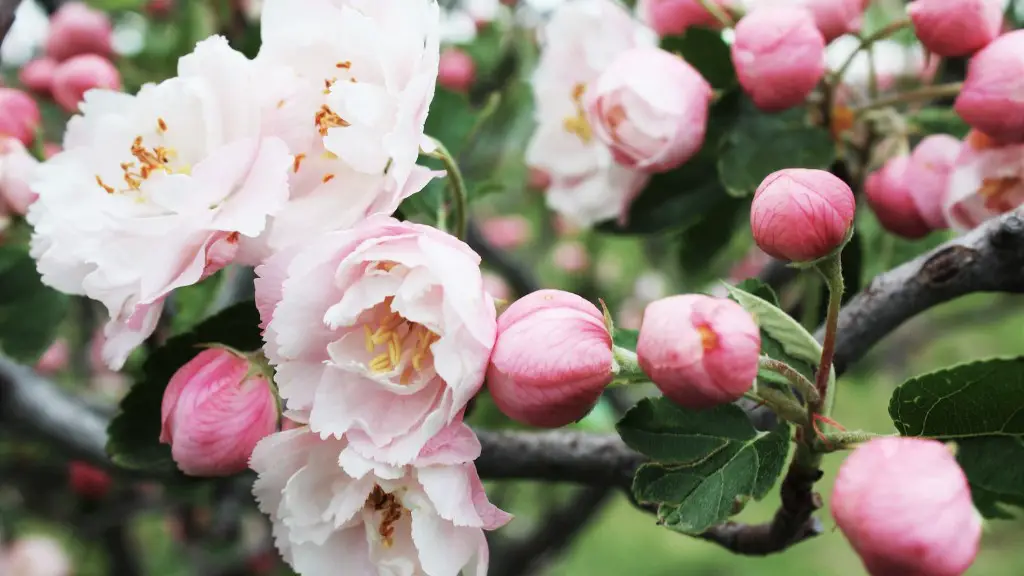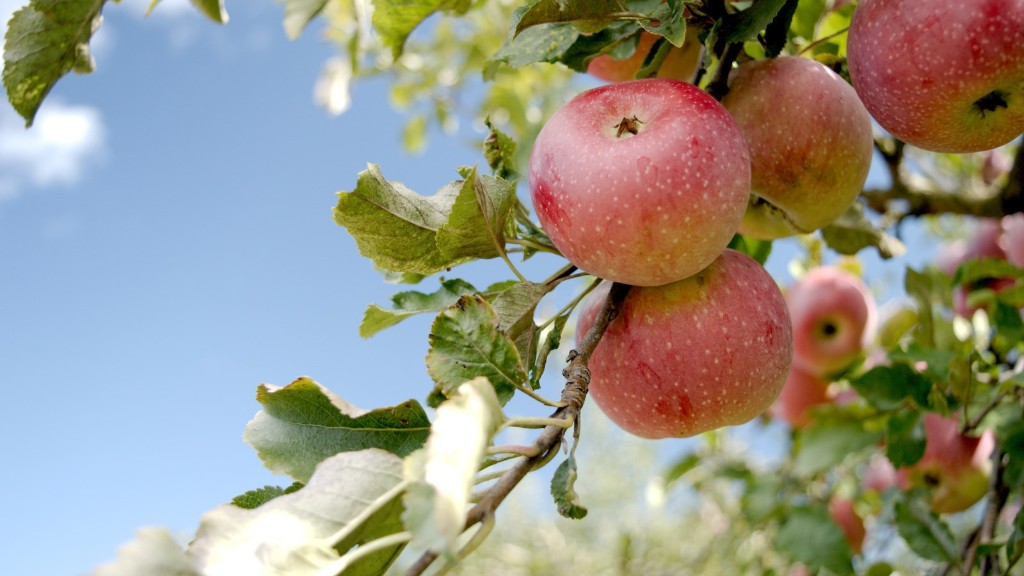The yellowing of leaves on a lemon tree can often be a cause for concern for the tree’s caretaker. There are several potential causes for this discoloration of foliage, and it is important to understand them in order to ensure the wellbeing of your tree. Generally speaking, yellowing leaves can be due to either environmental, physiological, or cultural factors.
The most common environmental cause of yellowing leaves is due to extreme temperatures, either heat or cold. When temperatures rise too high, the leaves can become heat-stressed or sunburned and begin to yellow, while extreme cold can also cause chlorosis (partial starvation of chlorophyll) and yellowing.
Physiological causes, on the other hand, may include advanced age, nutrient deficiency, or problems with root health, such as root rot. For instance, older leaves may turn yellow because the tree’s roots are no longer able to deliver enough nutrients to them. Additionally, nutrient deficiencies, such as zinc, iron, or magnesium, may also cause yellowing foliage.
Last but not least, cultural causes may also be to blame. Soil that is too moist or too dry, or improper pruning can cause yellow leaves to appear on a lemon tree. Adversely, fertilizing too often, or using plants that are sensitive to certain herbicides, can also lead to yellowing leaves.
Once you’ve identified the cause, you can work to address it by either amending the soil, or modifying your watering or fertilizing habits. For example, if the leaves are yellowing because of extreme temperatures, it’s a good idea to provide shade or create temperature buffers around the tree. Alternatively, you could add organic matter to the soil to help retain moisture and mitigate drought conditions.
Furthermore, if the cause of yellowing leaves is a nutrient deficiency, soil tests can be used to determine the exact nutrients that need to be added to the soil to correct it. Finally, if root health seems to be the culprit, gently clearing away any debris from around the base of the tree will help to ensure adequate aeration and drainage.
By understanding what causes yellow leaves on lemon trees, you can be better equipped to provide the proper care for your tree in order to ensure its wellbeing.
Environmental Causes of Yellowing Leaves
Environmental conditions can cause yellowing leaves on lemon trees due to extreme temperatures. High temperatures can lead to heat-stressed or sunburned leaves, while temperatures that plummet too low can trigger chlorosis in the foliage. In either case, adjusting the environment can help to prevent yellowing leaves. As an example, you could provide shade or create buffers around the tree in order to help mitigate extreme temperatures.
Additionally, the dry, arid conditions in much of citrus fruit-growing country can also lead to yellowing leaves. In these cases, ensuring your tree receives sufficient water, either through natural rainfall or irrigation, can help to mitigate this problem. To further combat drought conditions, you could also add organic matter to the soil to help retain water and improve access to moisture for the tree’s roots.
Finally, certain types of air pollutants, such as ozone, can also create problems for lemon trees and lead to yellowing leaves. Keeping the environment around your tree as clean, healthy, and breathable as possible will go a long way towards preventing this issue.
Physiological Causes of Yellowing Leaves
Physiological issues may also be behind your lemon tree’s yellowing foliage. Age is one of the primary causes for yellowing, especially in older trees that may struggle to absorb enough nutrients and moisture from their environment. Nutrient deficiencies, such as zinc, iron, or magnesium can also lead to yellow leaves.
Root health is another factor to consider when it comes to yellowing leaves on lemon trees. Fungal decay or root rot can significantly impair your tree’s ability to absorption nutrients from the soil, leading to discoloration in the leaves. This can also be caused by poor soil drainage, or soils that are overly wet for extended periods of time.
In these cases, a thorough assessment of your tree’s root system is necessary. For instance, removing any debris or soil around the base of the tree can help to improve aeration and drainage, while a soil test can reveal any nutritional deficiencies that may be present.
Cultural Causes of Yellowing Leaves
Cultural issues may also play a role in your tree’s yellowing foliage. Over-fertilization, for instance, can lead to excessive growth and nutrient imbalance, causing lemon tree leaves to turn yellow. Additionally, if you apply herbicides to your garden or grow other species that are sensitive to their effects, it is possible for their application to further impair the tree’s health, leading to yellowing leaves.
Improper pruning and severe pruning are other cultural factors to take into account, as incorrect pruning techniques can cause disruption in the tree’s growth and lead to discoloration. Similarly, insufficient watering or over-watering could also be to blame.
In cases like these, it is important to make sure you are providing proper care for your lemon tree. This includes regularly assessing the soil and ensuring it is neither too wet or too dry, as well as applying fertilizers and herbicides appropriately, and pruning with the right techniques when necessary.
Conclusion
Yellowing of leaves on a lemon tree can often be a cause for concern, and can be due to either environmental, physiological, or cultural issues. By understanding the potential causes of yellow leaves, you can provide the appropriate care for your tree and ensure its wellbeing. From amending the soil to adjusting temperatures to changing pruning habits, there are a number of steps you can take to ensure that the leaves remain healthy and green.




